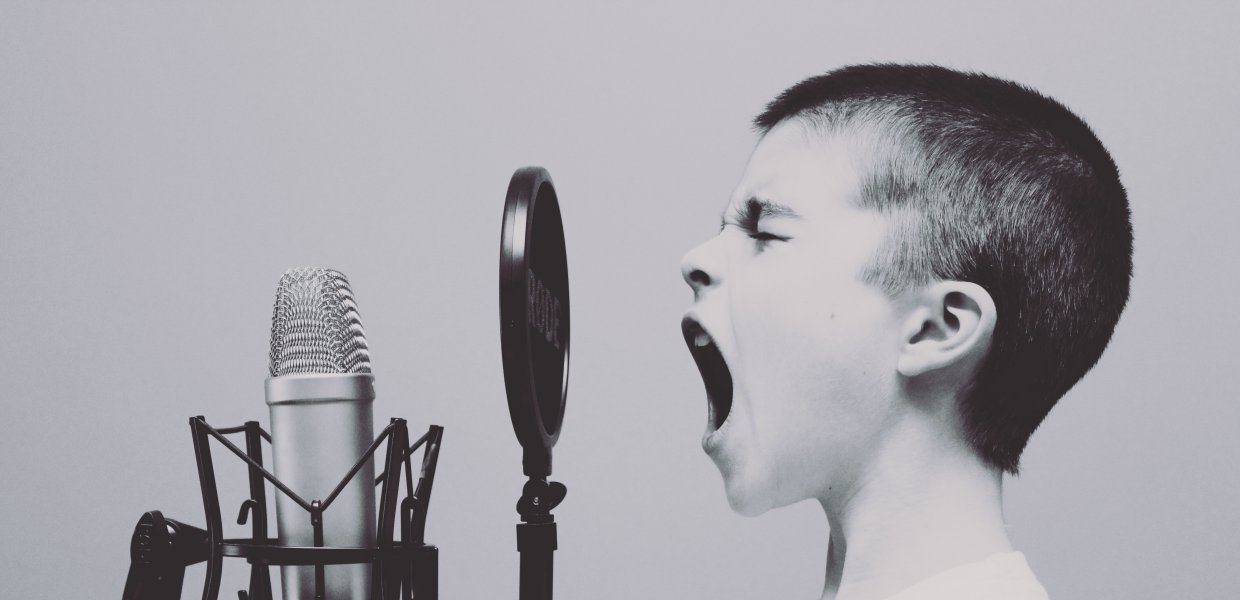If current studies are correct, about half the people reading these words have listened to a podcast sometime this year.
Nielsen Insights reports that 124 million people in the U.S. have listened to a podcast in 2018. There are currently 525,000 active shows with over 18.5 million episodes. People walk around with dedicated podcast apps on their phones, and services like CastBox and Stitcher are figuring out how to monetize podcasts, Netflix style. As I write this, I’m listening to an NPR podcast and the sponsor is none other than Netflix. The irony isn’t lost on me.
Although podcasting has been around for more than a decade, it is the ubiquity of smartphones and smart speakers causing the explosive surge in popularity. In 2018, 6 million more Americans listened to podcasts weekly compared to 2017, bringing the weekly total to 48 million. When you consider that 20 million people watch Sunday Night Football, the highest-rated TV program, you understand that modern PR pros must make haste to figure out how to fit podcasts into their marketing mix.
Podcasts offer engaging talent and quality storytelling. Content appeals to every age, style and taste. You’ll find something to enjoy whether you’re a fan of true crime, health and wellness, leadership and business, democracy, science, fashion, pop culture, self-help or motivation, or if you just want to laugh out loud to comedy or find an entertaining but educational show for your kids.
PR folks can consider how to pitch their expert spokespeople for relevant shows, as they would with any other media outlet. But another and perhaps less obvious route is to create your own original podcast, either in partnership with an influencer or on your own. Here are a few different approaches and the lessons associated with each.
Be the content. Don’t oversell.
Take the GE show called The Message. This is an original and engaging sci-fi thriller series, and it is podcast theater at its finest. In talking about GE’s strategy, the company’s Chief Creative Officer Andy Goldberg told The Globe and Mail, “I’m not saying, ‘hey go out and buy a jet engine.’ It’s a science fiction story to connect listeners with what the GE brand is about, without selling the GE brand.” This might sound like an odd pairing, but it has historical roots. In the 1950s and ’60s, General Electric Theater ran briefly on radio and for 10 seasons on TV, the latter hosted by an actor named Ronald Reagan.
Be subtle. Offer something of value.
Blue Apron could have produced a thinly veiled commercial in the form of a cooking show. Instead the company created a podcast called Why We Eat What We Eat. The show combines investigative reporting with storytelling to provide insights into the factors that shape our eating, covering topics from the sudden kale craze to the origins of jambalaya. Blue Apron promotes the podcast and doesn’t hide their sponsorship, but you won’t hear the brand plugging its delivery service throughout the podcast. You may not hear Blue Apron plugged throughout the podcast, but the content gets people interested in tasting new foods, a great positioning for a brand that offers a meal-delivery service.
Make it close and personal.
Nintendo recently introduced the Nintendo Power Podcast, named for the classic video game magazine Nintendo Power. The show is hosted by Chris Slate, who is the magazine’s former editor-in-chief and whose relationship with the magazine began when he bought the first issue as a child. Chris and his fellow hosts talk about the games they are playing and enjoying. The podcast is an extension of the banter that the team was already having with one another in the office. The hosts are having fun, and listeners feel like they could jump right into the conversation. It puts a face, or in this case, a voice, to the brand.
As you consider your strategy and path to the world of podcasts, don’t lose sight of how your brand can fit authentically into the podcast space and offer something uniquely compelling. Most importantly, remember that no one wants to listen to a 30-minute commercial. Keep the content interesting, and people will tune in.
To download a full copy of the 2019 Relevance Report, click here.









